Even though the ice maker market is relatively new, it has grown significantly over the past few years. There are many different types of ice makers serving different needs and purposes. Here’s a brief overview of the different kinds of ice makers and the different types of ice.
Ice Makers By Use Case
There are two main types of ice makers – Home and Commercial. Most home ice makers can produce up to 40 lbs per day, and a commercial ice maker can produce up to 2,100 lbs per day. Portable ice makers make 10 lbs to 400 pounds of ice per day, depending on their size.
Commercial Ice Makers
Commercial ice makers are primarily used in establishments that serve many people, such as restaurants, bars, stadiums, and convention centers. They are most commonly used in these establishments because they can produce a large amount of ice quickly and efficiently. Perfect for the people who work there and the customers they serve.
Modular Ice Machine
As opposed to undercounter ice makers, modular ice machines are usually created to produce much larger quantities of ice. They are the best solution for commercial properties like restaurants or bars.
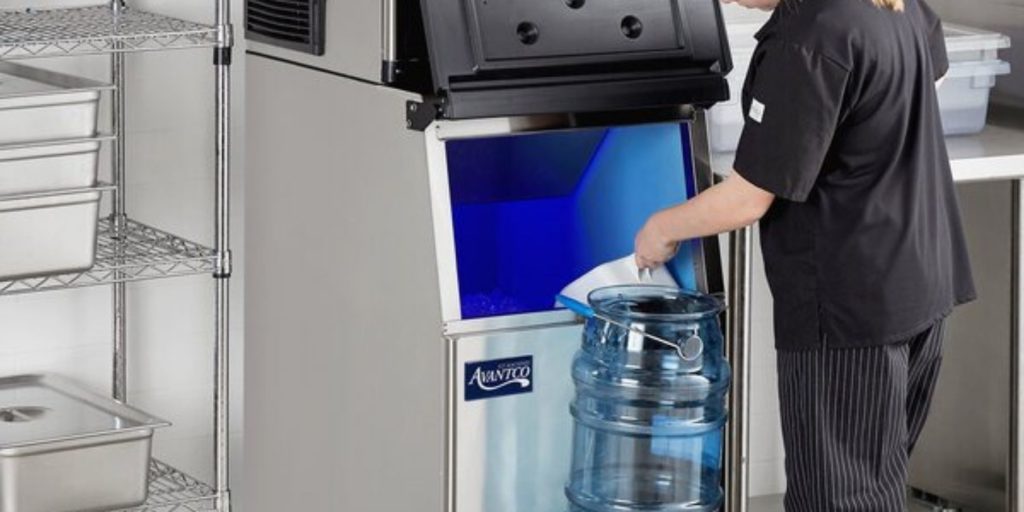
Modular ice makers usually need a separate ice collector. If you’d like to collect and store it, buy a storage bin that can stack underneath the freezer. Although, a good company will likely sell their modular ice maker with a storage bin included.
Self-Contained Ice Machine
Self-contained ice machines are typically designed to produce and store the ice within the same unit. You can save on space by using a self-contained device, but it will also make it a lot more challenging to meet the demand for your iced drinks.
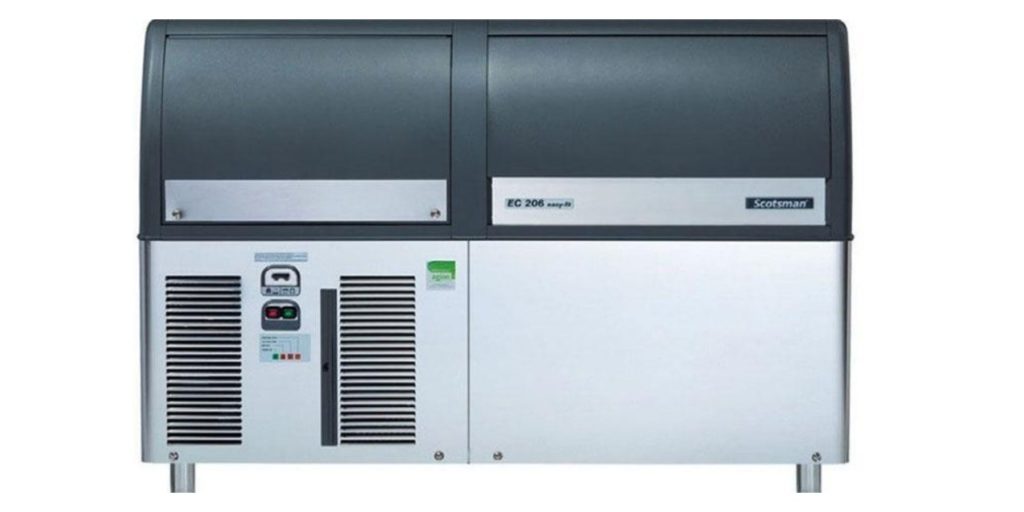
One of the first considerations when choosing a self-contained ice machine is space. If minimizing space is a crucial factor, consider which device to select from this list based on your needs (commercial or residential).
Residential Ice Makers
Homeowners will typically use residential ice makers to help keep food and beverages chilled and fresh. These machines are easy to install and use, typically requiring just a few minutes of initial setup.
Residential ice makers can be broken down into two types:
Portable & Countertop Ice Makers
Portable ice makers are one of the best ways to make ice for outdoor events. For example, bar owners and caterers use them at bars and in catering because they offer a convenient way to create ice in large quantities. These tend to be small ice makers compared to the standard countertop ice maker.
Countertop ice makers can also make a lot of ice in a short amount of time. They are best suited for people who want fresh, filtered ice or restaurant owners who need quickly-made batches of crushed or cube-shaped ice. Portable ice makers can serve as countertop ice makers, but not all countertop ice makers are portable.
These are just two primary uses for portable & countertop ice makers. Still, there is another option if you want to add an ice maker to your home.
Built-In & Undercounter Ice Makers
Built-In Ice Maker
People who have an ice maker in their fridge prefer it for a variety of reasons. For one, they can make sure that they always have ice on hand, which is especially useful during the summer months.
These types of ice makers are usually built-in at the bottom or top of your fridge door. It helps you save space by eliminating the need to store an additional appliance in your kitchen.
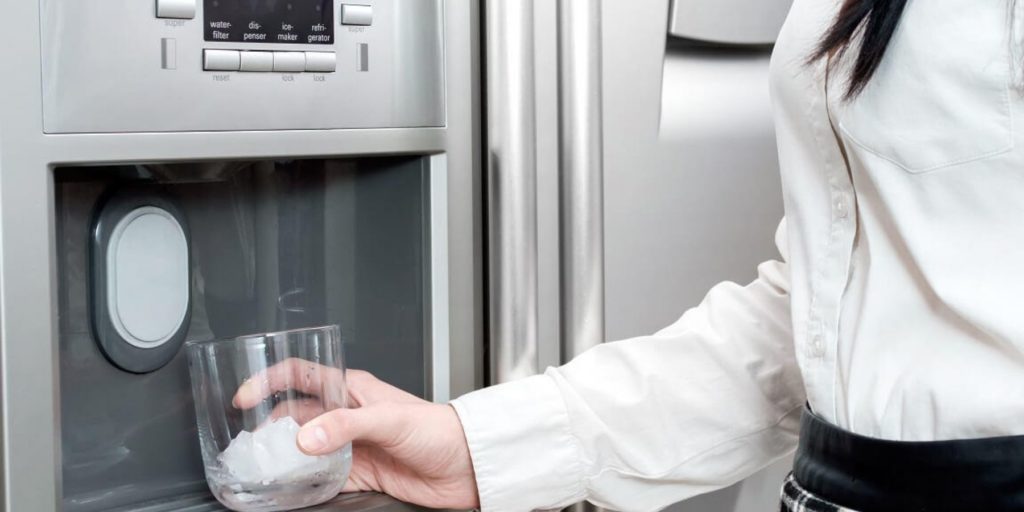
Undercounter Ice Maker
As the name suggests, you install an under-counter ice maker underneath your counter. These types of ice makers are out of sight and out of the way. It’s perfect for people who don’t want to open their fridge whenever they need some ice, especially if your refrigerator doesn’t have a built-in ice maker.
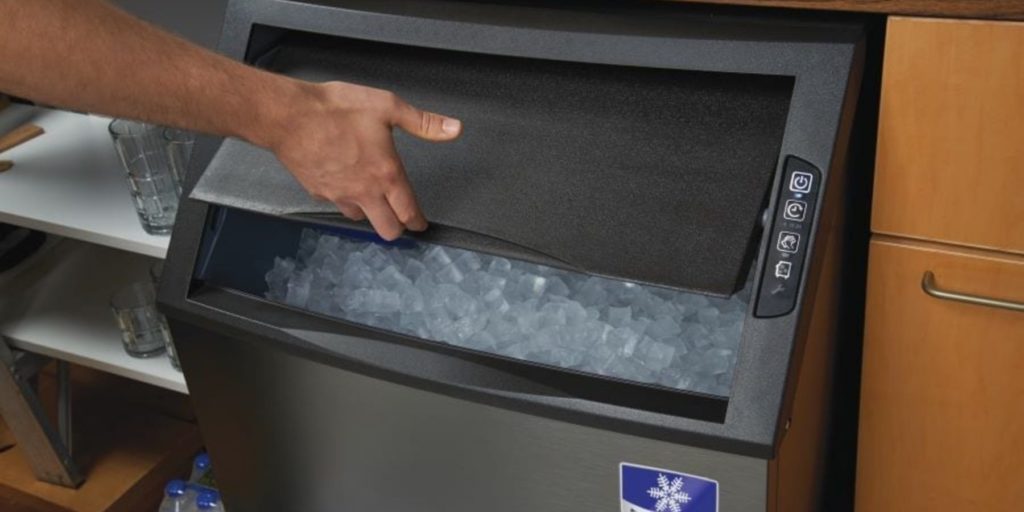
Ice Makers By Type Of Ice
The two main types of ice makers can make a variety of different ice. For example, some ice makers can only produce bullet-shaped ice, while others can only make nugget ice. Some ice makers can make more than one type of ice. And, of course, most ice makers can make standard ice cubes.
Nugget Ice Maker
A nugget ice maker is a machine that makes nugget ice. They are common due to the sonic ice craze. This type of ice is soft and chewable. Nugget ice makers are easy to use, efficient, and affordable.
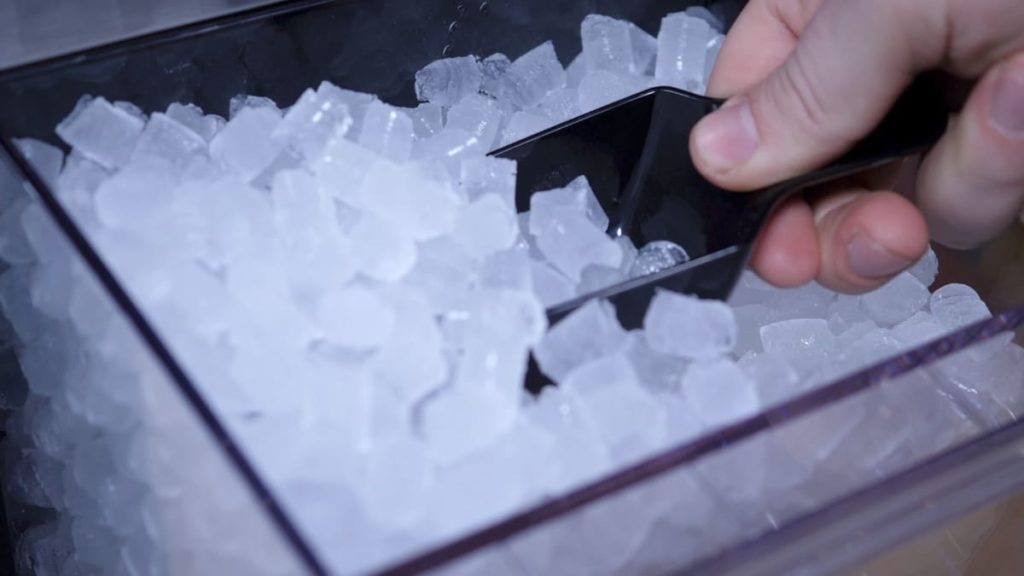
Bullet Ice Maker
Bullet ice is shaped sort of like a bullet. It’s typically cylindrical and has a rounded tip on one end. The middle often contains space inside, which allows for quicker melting than most other types of ice. You often find bullet ice in self-serve dispensers and commercial ice makers. A bullet ice maker makes this type of ice.

Ice Cube Makers
When most people talk about ice cubes, they’ll reference cubed ice. Ice cubes are blocks of ice, the size of a square that can be tapered or rounded at the corners. Most ice makers produce cubed ice.
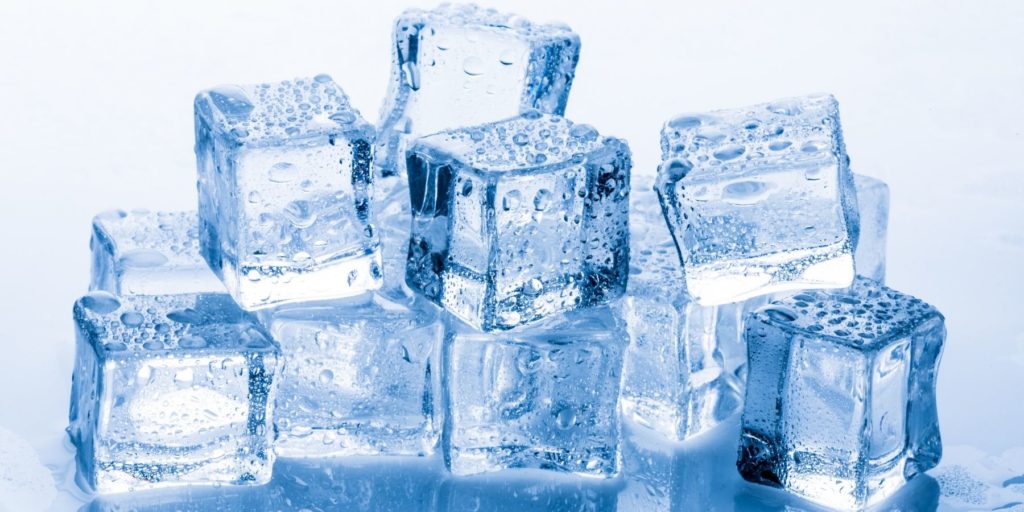
Types Of Ice Makers In Refrigerators
The two major types of ice makers in refrigerators in the market today are the bucket and in-door.
Bucket
The bucket type is the most common and is a part of most standard refrigerators. You have to open the fridge and scoop it out of the bucket inside to get the ice.
In-Door
Lastly, there are in-door ice makers, typically found on residential models. These usually produce standard ice cubes or bullet-shaped ice. There’s no need to open the fridge to get the ice as there is an ice dispenser on the fridge door.
Things To Consider
- Consider how easy it is to clean your ice maker. There are also self-cleaning ice makers available.
- Consider how many ice cubes the unit can make within 24 hours and also how many ice cubes it can make in the shortest amount of time.
- Both commercial and residential undercounter ice makers need to drain. Consider where you plan to place your unit and the space and tools you need to set up the draining mechanism.
To learn more about the topic, check out these resources:

